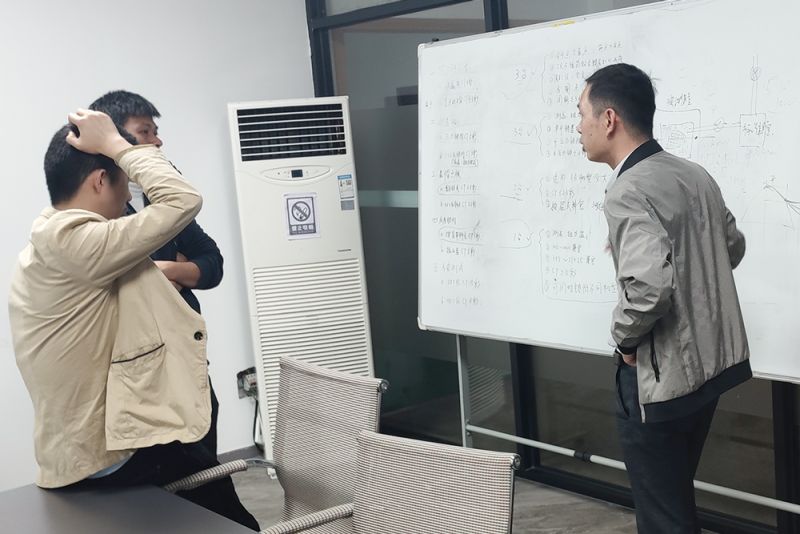Hello friends, I am Lao Sun, an engineer who has been in the manufacturing industry for more than 20 years.
Today, I want to talk to you aboutThe topic of airtightness testing, especially those formulas about leakage calculations.Don't worry, I'll explain it all in plain English.
When it comes to airtightness testing, many people may think it's far away, but it's not. Think about it.Aren't we doing the simplest of air tightness tests when we pump up our bike tires?It's just that in industry, we need a more precise and scientific approach.

I. Leakage rate equations
First, we have to know the most basic formula for leakage rate:
Q=(ΔP(V)/(t)P)
The formula looks scary, but it's actually quite simple.Q is the leak rate, ΔP is the pressure change, V is the volume of the object under test, t is the test time, and P is the average pressure.In layman's terms, the greater the pressure change and the shorter the test time, the worse the leak.
II. Ideal gas equation of state
I remember one time a young engineer couldn't figure out why his test results were always off. I asked him, "Have you considered temperature effects?" He looked puzzled.
PV=nRT
This equation shows thatThe relationship between pressure (P), volume (V), gas volume (n), and temperature (T).It tells us that temperature affects pressure and volume. So yeah, when you do the test, if the temperature changes a lot, the results won't be accurate.
III. The Hagen-Poissuille equation
Speaking of which, some may ask, "Old Sun, do these formulas really work?" Of course they do! In a medical device project I was involved in, we used the Hagen-Poiseuille's law equation to analyze small leaks:
Q=(πr^4ΔP)/(8ηL)
This equation takes into accountradius (r), length (L) and fluid viscosity (η) of the leakage channel.In a medical device project I worked on, this equation helped us optimize the design of the seal.
IV. Mass leakage rate equation
Another commonly used formula is the mass leakage rate:
qm=Q*ρ
This one is simple, it's just a matter of puttingThe volumetric leakage rate (Q) is multiplied by the fluid density (ρ).Sometimes it's more intuitive to describe leaks in terms of quality.
V. Leakage hole diameter equation
That said, I am reminded of an interesting experience. Once, a young engineer came to me and said that their products always failed the air tightness test. I asked him, "Have you ever calculated the leak equivalent diameter?" He was full of questions. So I taught him to use the formula:
d=√((32)ηLQ)/(π(ΔP))
Among them: d=equivalent leakage aperture η=hydrodynamic viscosity L=leakage channel length Q=volume flow rate ΔP=pressure differenceWith this formula, we estimated the size of the leakage hole and eventually found the problem under the microscope, which turned out to be a tiny scratch in the mold. That young man exclaimed, "Old Sun, you are too good! In fact, it's not a question of being great or not, but just the accumulation of experience and the application of theory.
Summarize
Of course, in the day-to-dayWe don't need to manually calculate these formulas every time. Modern airtightness testing equipment, such as ATEQ's F-Series or JCGK's JC-Series, have these complex formulas built in.However, understanding these principles plays a vital role in our ability to select appropriate test methods, interpret test results correctly, and quickly localize and resolve problems as they are identified.
Well, that's all we have to talk about today. If you still have any questions about airtightness testing, feel free to come to me to discuss. Don't mind my nagging haha, this is the old Sun's occupational disease, once talking about work can not stop. I hope these contents are helpful to you.If you encounter any problems when performing airtightness testing, please feel free to ask us.




